Top 10 Construction Crane Facts
NMT Crane Hire prides itself on offering quality crane hire throughout the UK. Cranes are integral pieces of machinery in construction, helping transform urban areas with building offices, bridges, skyscrapers and more. Every modern skyline in a bustling city was built with the help of a crane. Here are some facts about construction cranes.
10 Facts About Construction Cranes:
1. Cranes were built by the Ancient Greeks
The first human-made crane was built by the Ancient Greeks around 500BC. It looked very different to the modern cranes we have today, instead of steel or metal they were made out of wood. Human or animal power was used to pull heavy objects up – but these early crane designs helped build some of the most recognisable and beautiful structures of the ancient world.
2. The crane arm (“jib”) was added in the Middle Ages
During the Middle Ages, the “jib”, or crane arm, was able to move both horizontally and vertically – mainly because it was used to unload cargo ships in a harbour.
3. Steam engine technology was added to cranes in the 19th Century
With the invention of the steam engine in the 19th Century, the new technology was also applied to provide cranes with power, which eliminated the need for humans and animals used as a source of power.
4. The first mobile crane was manufactured in the 1950s
In the course of the 1950s, there was a significant change in the material used to manufacture cranes. Strong steel was used and also placed on the back of trucks, which saw the introduction of ‘mobile cranes’.
5. 200,000 cranes are estimated to be in use around the world
Around the world, there are over 200,000 cranes in use, of which 125,000 cranes are used in the construction industry and between 80,000 – 100,000 cranes are used in general and maritime industries.
6. Tallest crane in the world is a Liebherr type 357 HC-L
The tallest crane in the world is the Liebherr type 357 HC-L and it can lift up to 18 tons at 44 metres a minute. This crane was used in the construction of the world’s tallest building: Kingdom Tower in Saudi Arabia.
7. Cranes are dangerous, leading to 42 deaths each year in the UK
There are around 42 crane-related deaths each year.
8. Only 11% of crane accidents are caused by mechanical failure
Out of all the crane-related accidents that occur on a construction site, only 11% are due to mechanical failure. If these failures are spotted early, then further damage can be prevented, which is why cranes are inspected daily and yearly.
9. There are over 20+ types of crane types
Like many other products and machinery, there is a wide variety of different types for an array of purposes or to be used for specific projects. Some of the main crane types include tower cranes, mobile cranes, truck-mounted cranes, and rough terrain cranes.
10. Cranes share their name with a bird
We previously discussed our 5 most interesting facts about cranes, but construction cranes share their name with the tallest flying bird in the world.
Contact
We hope you have enjoyed our list of 10 most construction crane facts. To find out more about our crane hire services here at NMT Crane Hire, please contact our team by calling us on 0800 026 6985, or filling out our online enquiry form.

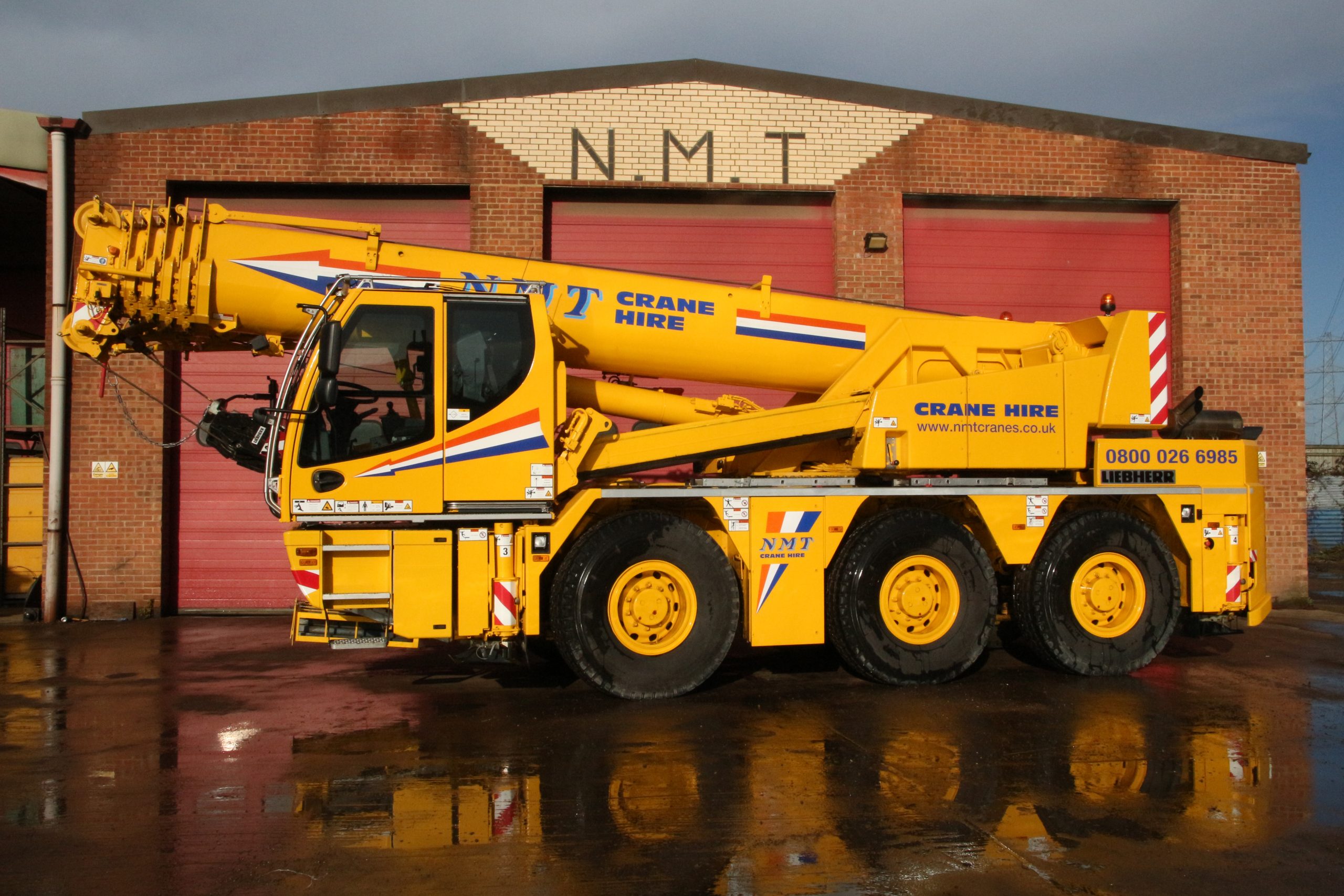

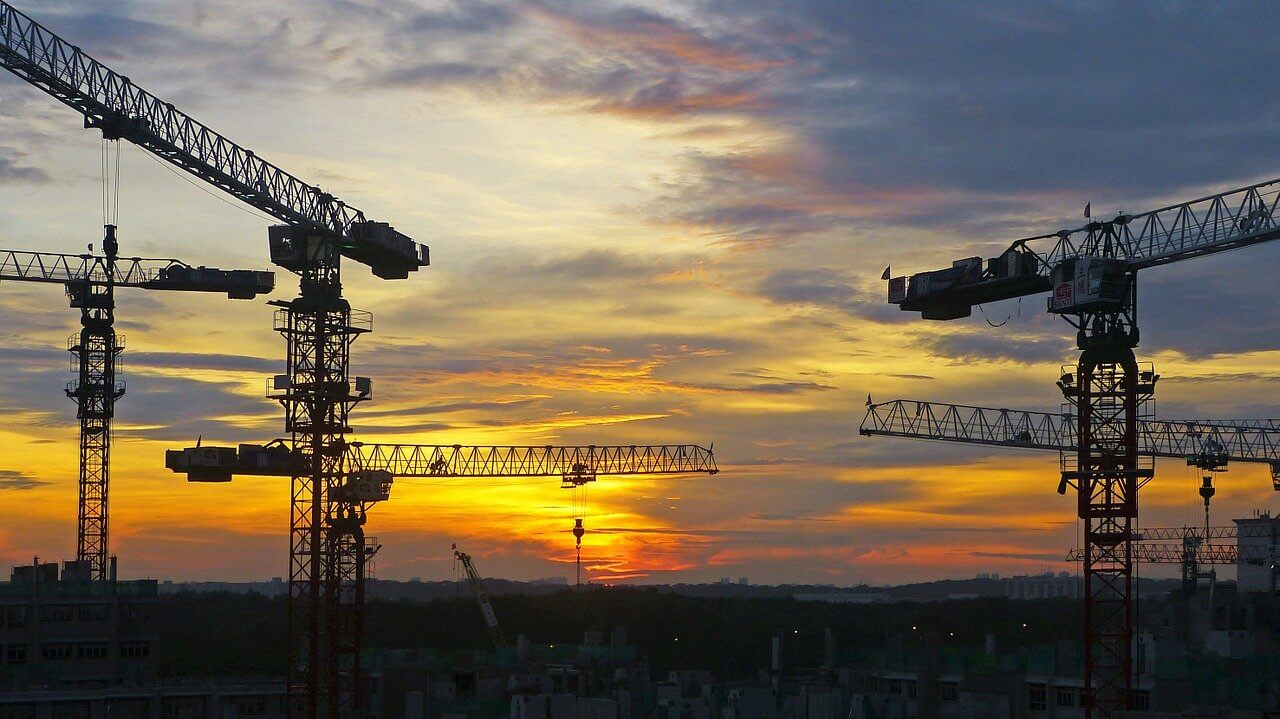
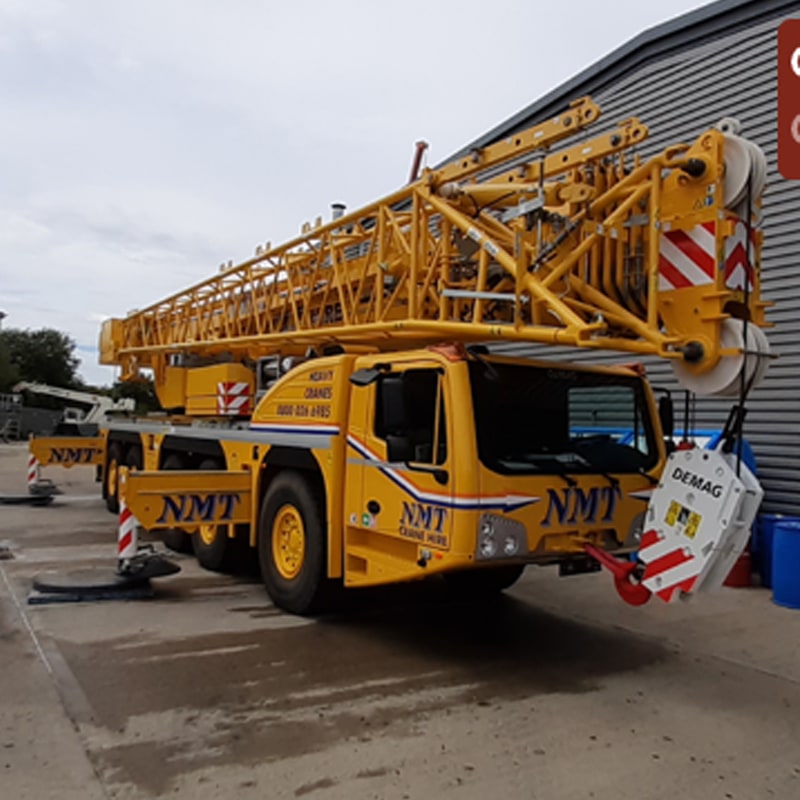
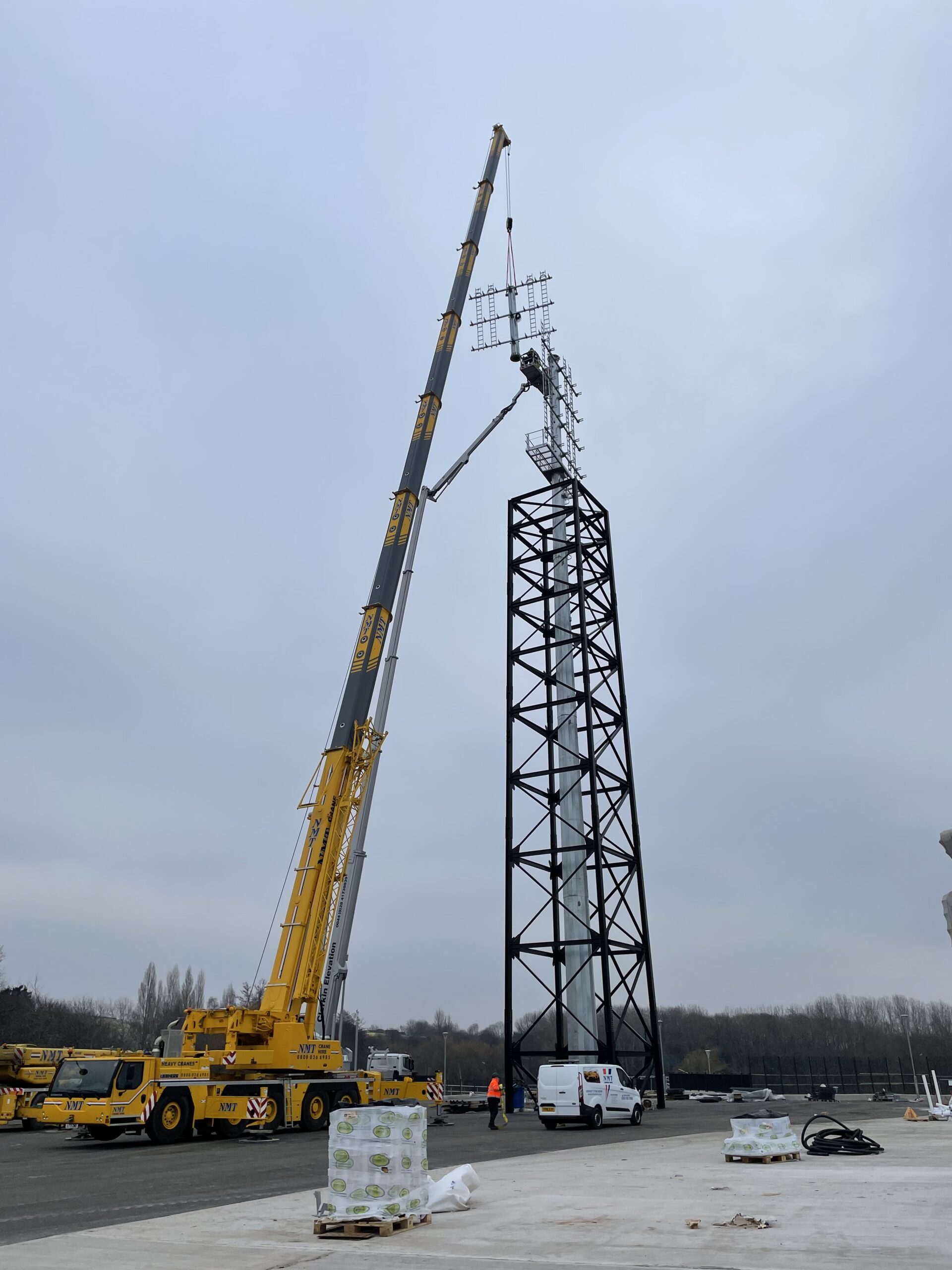
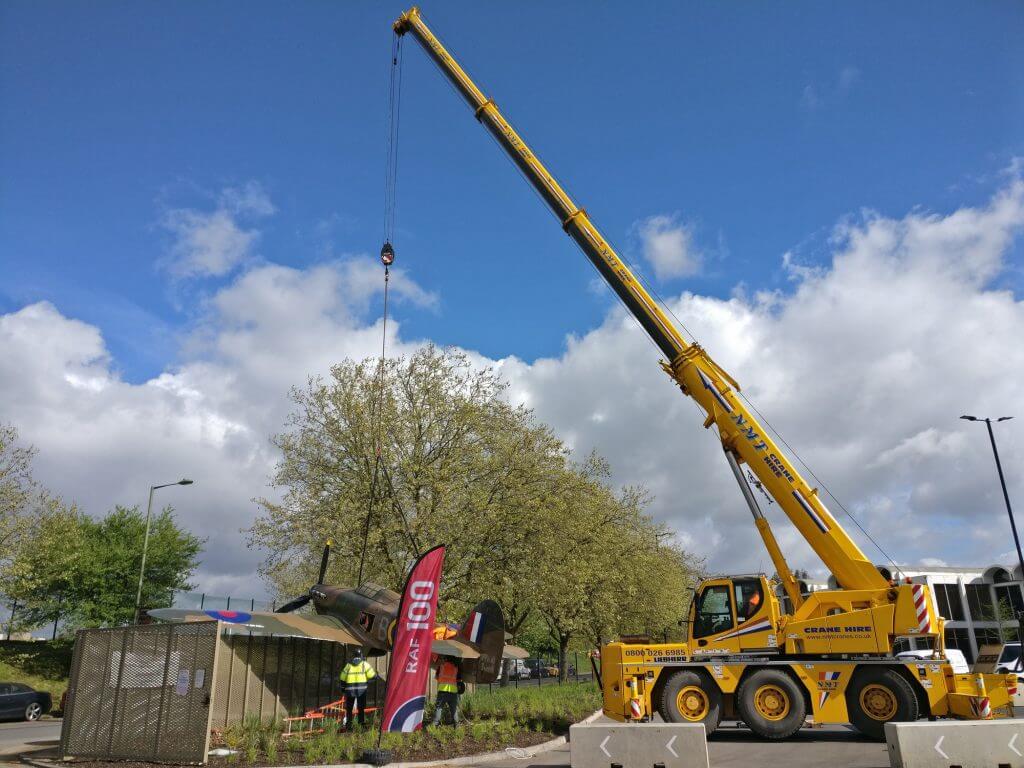







 Although it was a awkward set up and involved a 250 ton crane as the rigging crane,the crane was ready to work in less than 8 hours.
Although it was a awkward set up and involved a 250 ton crane as the rigging crane,the crane was ready to work in less than 8 hours.